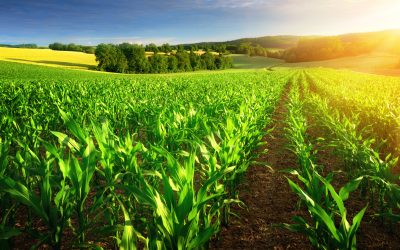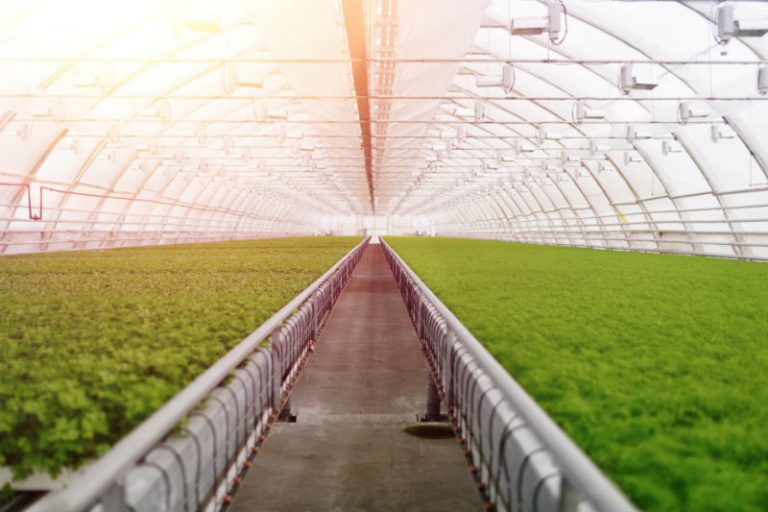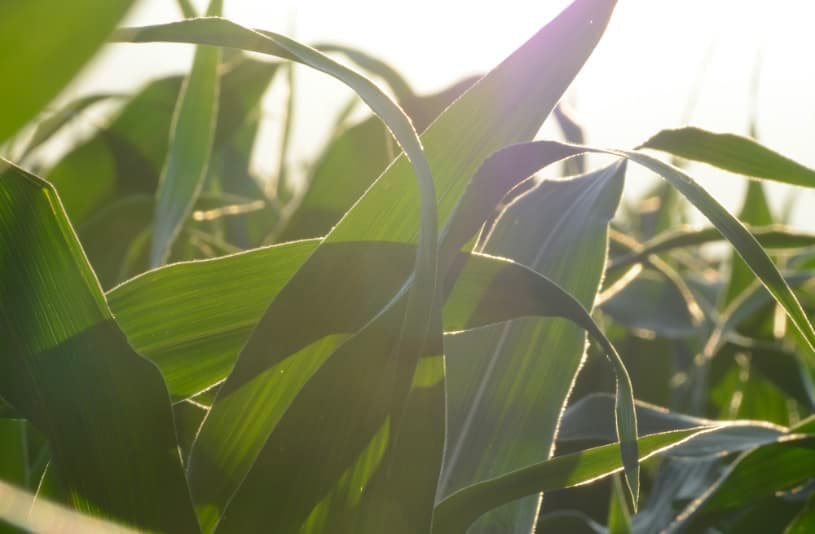As the saying goes, “a rotten apple spoils the whole barrel.” Therefore it’s possible to throw away half a sack of potatoes, fruits, or vegetables. Unfortunately, this happens more than is documented, leading to the wastage of precious food that would instead get to those who need it. Findings from the World Economic Forum indicate that a third of the world’s food goes to waste. Hence the need for proper traceability systems to monitor the food supply chain to reduce wastage. Here’s more on the role of traceability systems in reducing food wastage.
Promoting Better Farmgate Practices
A traceability system ensures farmers adopt proper food handling practices to avoid spoilage. For instance, they adopt perfect harvesting timing and robust marketing to provide food that doesn’t go wrong on the farms. Also, they learn how to handle food during harvest to enhance its lifespan.
Enhances Proper Storage and Processing
Once the food leaves the farm, it requires proper storage facilities such as coolers and refrigerators to prolong its lifespan. Traceability ensures such facilities are available and adequate. In addition, it enhances the processing timelines to promote value addition while preserving nutrients.
Advocates for Proper Packaging and Distribution
The consumer wastes significant food due to poor packaging and distribution practices. For instance, processed foods need well-labeled packages indicating their manufacturing and expiry dates, so consumers are well-informed. The labels should also include storage instructions, especially for multiple-use products. Hence consumers trust such products, reducing wastage.
Also, traceability enhances distribution, ensuring the food gets to consumers before its expiry dates. Traceability also promotes proper handling by wholesalers, retailers, and consumers to reduce wastage at these levels.
Traceability is vital in monitoring food handling from production to consumption to reduce food wastage. In addition, it promotes best practices throughout the food supply chain, from harvesting, transportation, processing & storage, and packaging & distribution.








